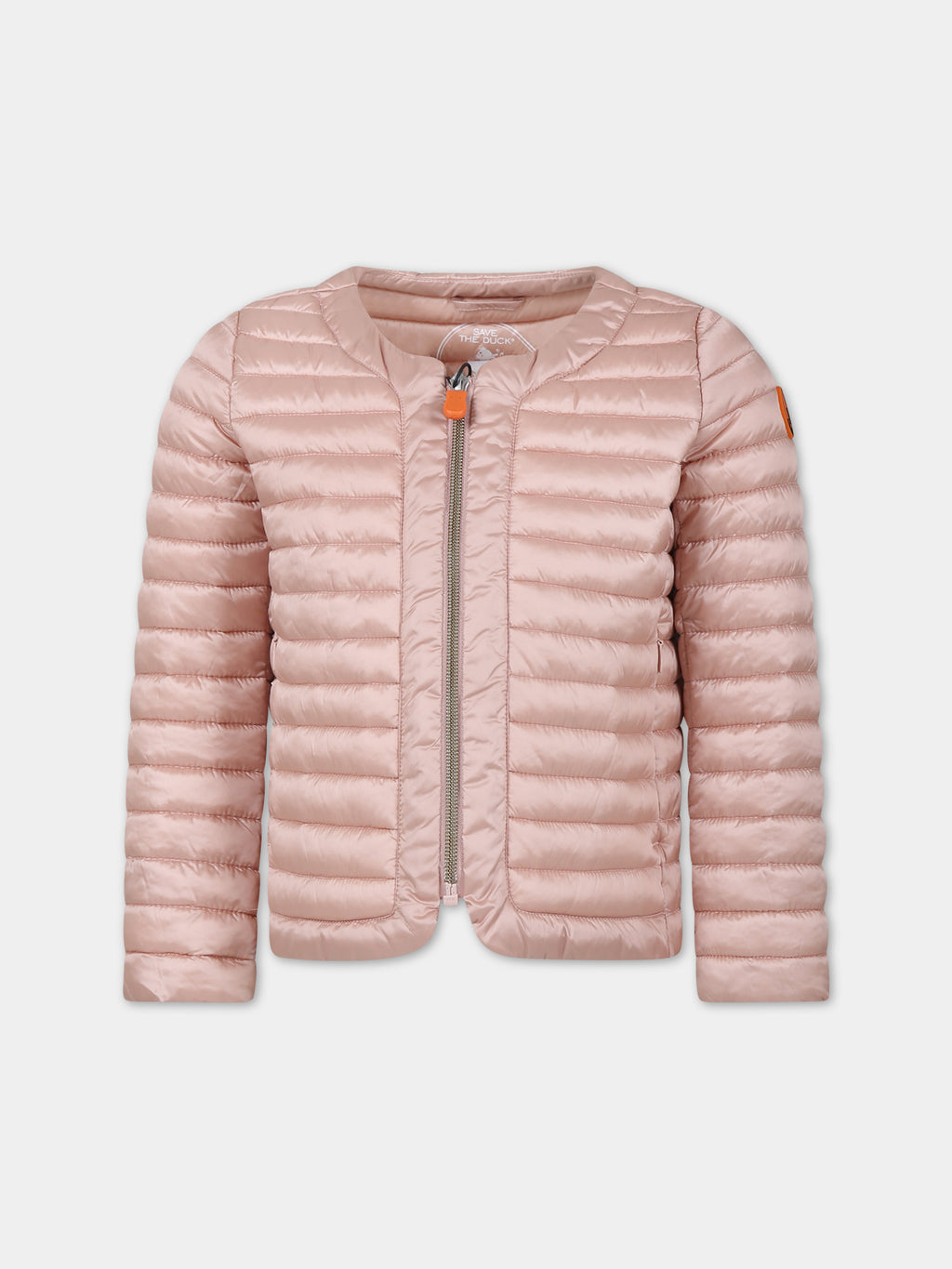Save the Duck Kids Down Jackets
- Recommended
- New arrivals
- Lowest price
- Highest price
Save the Duck Kids Down Jackets
Save the Duck kids’ down jackets represent a practical and responsible clothing choice for children, thanks to their sustainability philosophy and the quality of the materials used. These jackets are designed to provide maximum comfort and protection during the coldest months, maintaining a contemporary style while respecting the environment. In recent years, the company has earned a strong reputation for its cruelty-free production, using synthetic alternatives to traditional down feathers, gaining the trust of families who value quality and ethics in children’s and infants’ fashion.
**Key Features of Save the Duck Down Jackets**
Each Save the Duck down jacket stands out for key qualities that make it unique in the world of winter clothing. The first feature is the strong commitment to eco-sustainability: all Save the Duck products are designed with environmental respect in mind, using alternative materials to down feathers for insulation, such as PLUMTECH®, a synthetic fiber that provides the same warmth and lightness as natural down without involving animals in the production process.
Designed for active and constantly moving children, the jackets are made with high-quality water-repellent fabrics that make them lightweight and resistant to wear, frequent washing, and outdoor activities, maintaining both shape and thermal properties over time.
**Design and Materials**
The design of Save the Duck kids’ jackets is intended to be both attractive and functional. The lines are modern and clean, often featuring details such as detachable hoods, colorful zippers, and spacious pockets to offer both practicality and style. The jackets are available in a wide range of bright and cheerful colors, such as blue, red, green, and yellow, made to suit the tastes and energy of children.
Save the Duck down jackets for kids combine functionality, comfort, and environmental respect, making them ideal for modern families seeking quality garments that are safe and have a reduced impact on the ecosystem.







